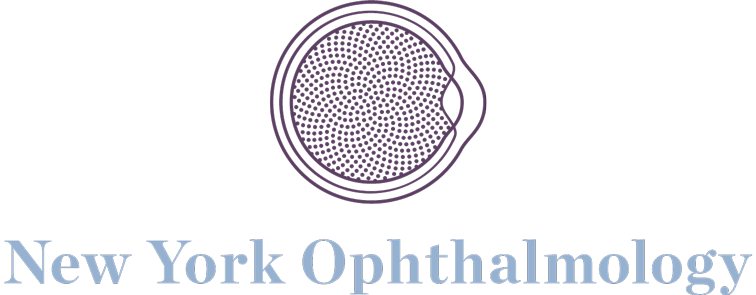What is LASIK
Advantages of LASIK over PRK.
- Less postoperative discomfort
- Quicker visual recovery
- Ability to have both eyes corrected within days
- Briefer necessity for drops (one week
- Ability to correct higher levels of nearsightedness
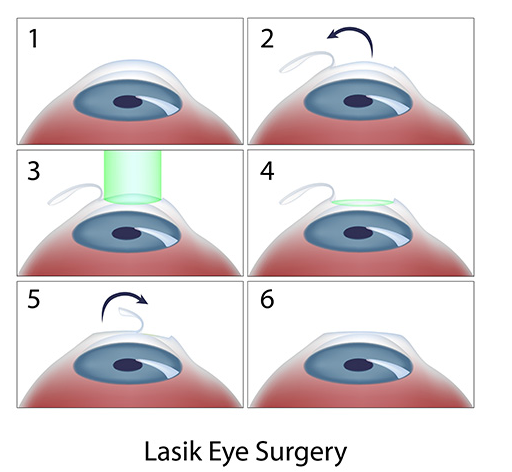
LASIK Technology
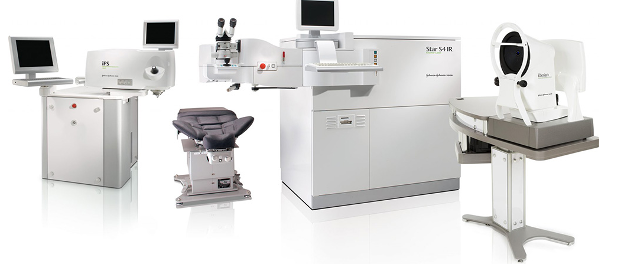
Bladeless LASIK
New York Ophthalmology is 100% Bladeless LASIK. The Intralase is a high precision femtosecond computer controlled laser used to create a corneal flap without the use of any blade. This allows the surgeon to offer his patients an alternative to making a more precise corneal incision with accuracy and depth. This may be of advantage to a patient with higher prescriptions or thinner corneas in order to preserve more cornea. It also may help reduce blade related surgical complications including buttonholes in flaps and interrupted flaps.
Custom Wavefront LASIK
The Wavefront Customvue procedure tailors a unique correction for each individual patient. The Customvue captures a “digitized” image of the patient’s eye including the corneal contour. These measurements are made at a computer station known as the Wavescan. These digital images are transferred to the laser where a customized treatment is performed. A six-month evaluation has shown that Customvue improves the sharpness and decreases possible side effects.
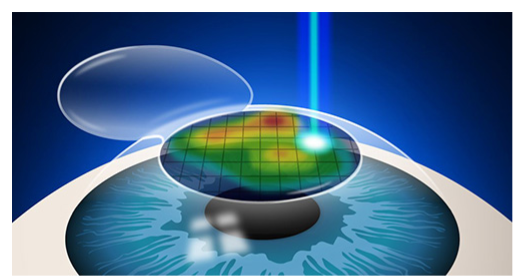
The LASIK Procedure – from a Patient’s Perspective
Under the laser, the patient is asked to concentrate on a red blinking light. A retainer is then placed to assist in keeping the eye open. During the actual procedure, the patient feels pressure and the red light is lost for less than a minute.
The patient is asked to stare at the blinking red light again once it returns. As the laser fires, a ticking sound is heard that lasts 10-90 seconds.
After the laser is completed, the retainer is removed, and the patient is asked to sit up. Upon sitting, there is some improvement in vision noted.
The patient is asked to return home and get plenty of rest for several hours following the procedure. The following morning there is a substantial improvement in vision. However, the vision continues to incrementally improve for weeks.
Right After the Procedure
As you rise from the treatment chair, you’ll likely notice a distinct enhancement in your vision as they look around the room. Some of our patients are moved to tears by the sight of their loved ones’ faces.
In our recovery room we will go over some instructions and equip you with protective sunglasses . While we advise keeping your eyes shut during the journey home, we understand the temptation to sneak a glance. Should you do so, you’ll probably be astonished to find that you can discern the lettering on road signs. Expect your vision to progressively sharpen in the days and weeks ahead.
What are the Results and Sucess Rates of the LASIK Procedures?
LASIK Post-Operative Care
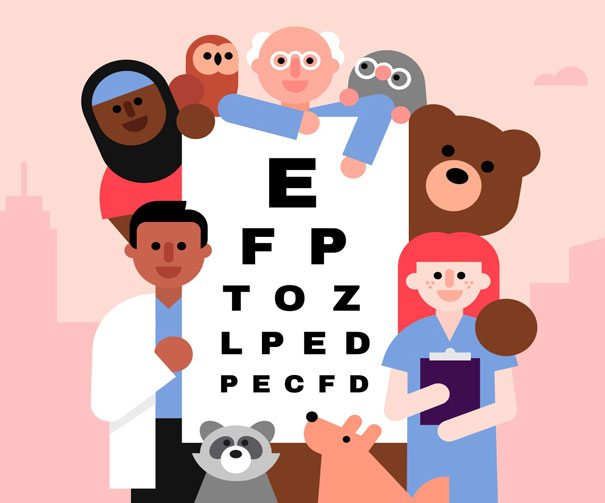
Helping People Is What We Do
Our team of board-certified ophthalmologists and eye care specialists provides a range of eye health and vision care services for patients at our modern, comfortable offices in the Bronx and Queens. Our entire staff is dedicated to making your visit positive and enjoyable.
